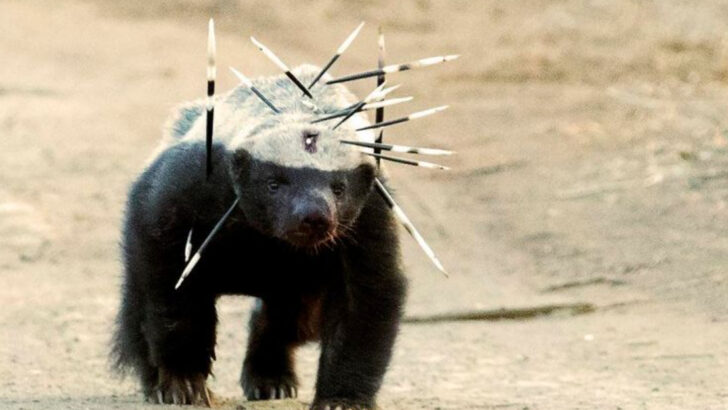Some animals are so fierce, even bears give them a wide berth. We’re talking creatures that don’t just survive—they dominate. From razor-sharp claws to venom that stops hearts, these beasts are the ultimate wildcards in nature’s deadly game. Bears might be kings of the forest, but when these 10 animals show up, even they know when to step back. It’s a world where size doesn’t always rule—sometimes it’s sheer power, cunning, or venom that keeps everyone on edge. Get ready to meet the wildest, most intimidating creatures that make bears think twice before crossing paths. Danger has a new face, and it’s not messing around.
Saltwater Crocodile
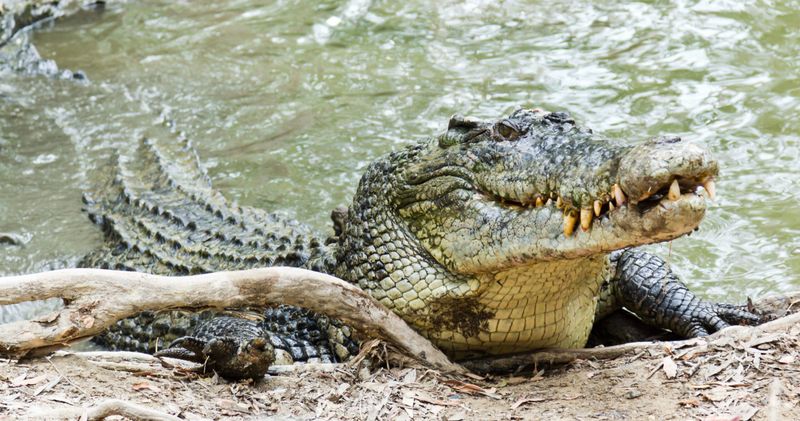
The saltwater crocodile, often regarded as one of the most aggressive predators, commands both fear and respect. Found in the waters of Northern Australia and Southeast Asia, these reptiles can grow over 20 feet long. Their stealthy nature allows them to ambush unsuspecting prey with unmatched speed. In the water, they reign supreme, using their powerful tails to propel swiftly. On land, despite their bulky appearance, they can swiftly cover short distances. Evolution has crafted a near-perfect predator in the saltwater crocodile, evidenced by its armored skin and acute sensory perception.
African Elephant
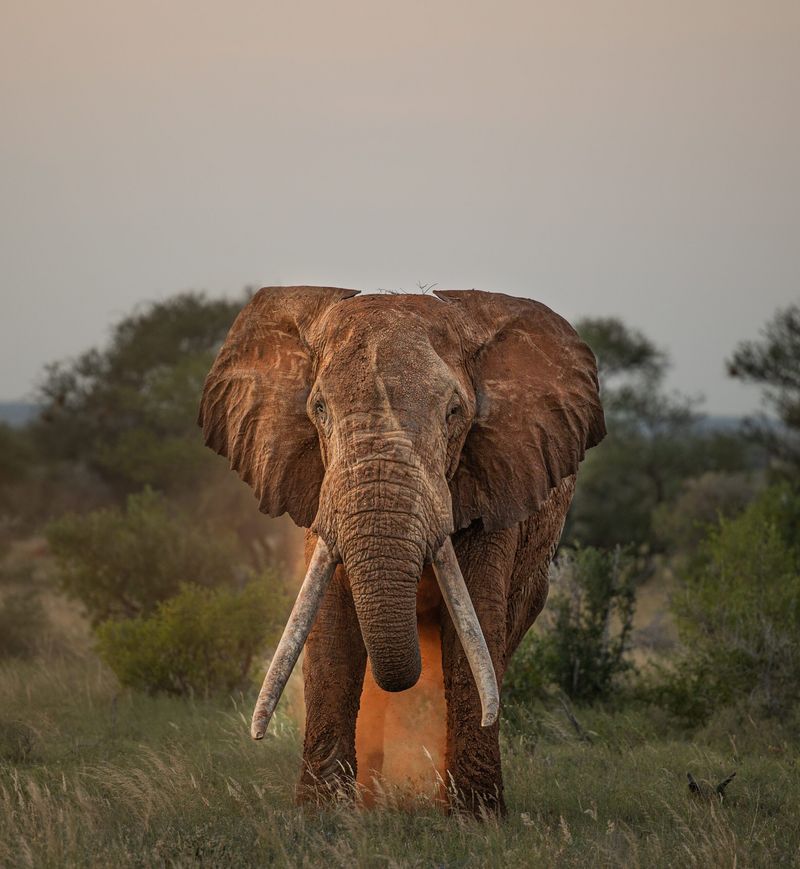
The African elephant towers as a giant among terrestrial creatures. With tusks that can pierce and trample, they wield a formidable force. Despite their herbivorous diet, their sheer size and strength make them a threat when provoked. Known for their intelligence and complex social structures, elephants can remember past adversaries and hold grudges. In the wild, even predators like lions keep a respectful distance. The elephant’s ability to uproot trees and alter landscapes signifies its power, yet its gentle eyes remind us of a creature of deep wisdom and emotion.
Cape Buffalo
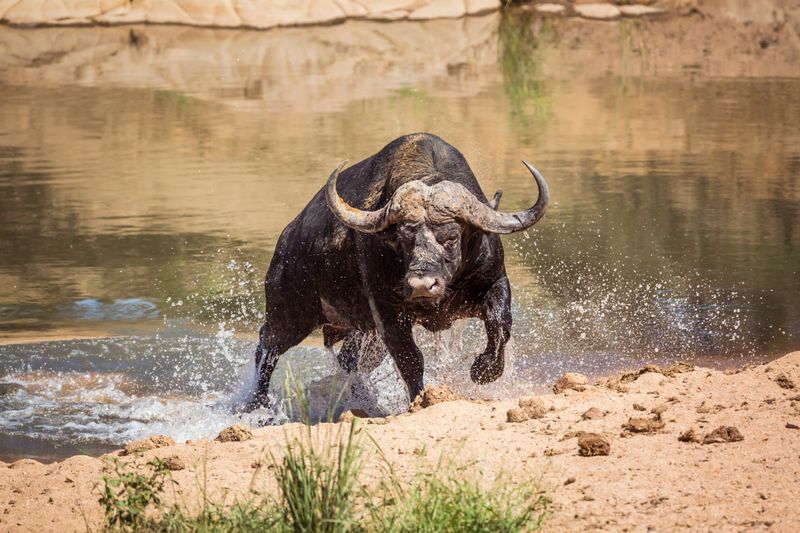
Cape buffaloes, often referred to as “Black Death,” are unpredictable and extremely dangerous. These massive beasts roam the plains of Africa in formidable herds. Their sharp, curved horns are their primary weapons, capable of goring predators. When threatened, a buffalo will charge with unwavering resolve, often targeting the attacker with relentless determination. Despite being herbivores, their aggressive nature has earned them a notorious reputation among hunters and predators alike. The buffalo’s ability to fend off lions and other threats speaks volumes of its resilience and survival instincts.
Box Jellyfish
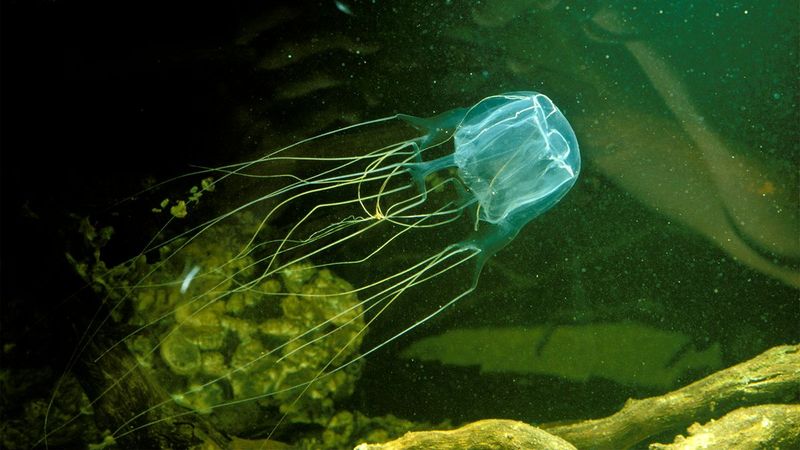
The box jellyfish is an ethereal yet deadly presence in the oceans. Found primarily in the waters of the Indo-Pacific, its tentacles deliver venom that can cause cardiac arrest in minutes. Swimmers often dread encountering these nearly invisible creatures. Despite their delicate appearance, box jellyfish are highly efficient predators. Their tentacles, equipped with millions of stinging cells, capture and immobilize prey swiftly. The jellyfish’s ability to move with a jet propulsion system allows it to cover large distances effortlessly, making it a silent threat beneath the waves.
Honey Badger
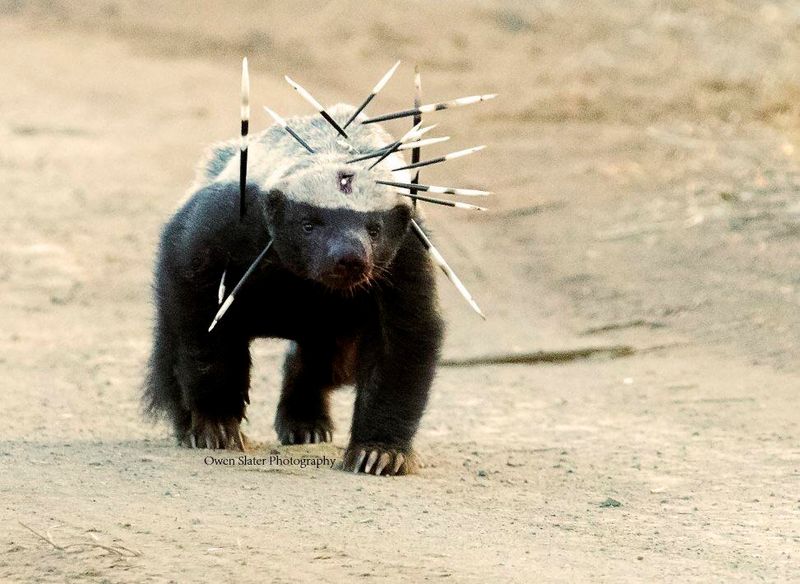
The honey badger’s reputation as the “most fearless animal” is well-earned. With a tough, loose-fitting skin, it can twist and turn to escape predators’ grasps. Known for its ferocity and tenacity, it confronts larger animals without hesitation. Its diet includes venomous snakes, showcasing its immunity to certain toxins. In confrontations, the honey badger’s sharp claws and teeth deliver formidable defense. This small yet mighty creature is a reminder of nature’s unpredictability, where courage and resilience often trump size. Even bears would think twice before engaging such audacity.
Komodo Dragon
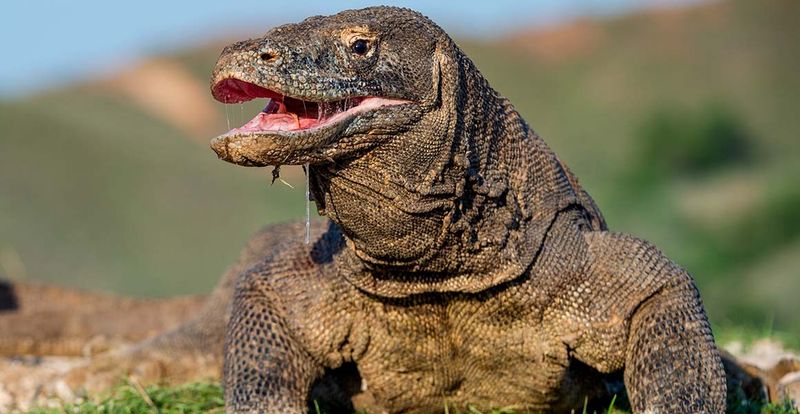
The Komodo dragon, the largest of lizards, is a relic from the age of dinosaurs. Endemic to Indonesia, these creatures possess a lethal combination of size, strength, and venomous bite. Their saliva harbors deadly bacteria that can incapacitate prey swiftly. Often hunting in packs, they showcase strategic hunting skills. Despite their sluggish appearance, Komodo dragons can sprint at impressive speeds over short distances. Their skin, like armor, protects them from attacks, while their powerful tail serves as both weapon and balance aid.
Cone Snail
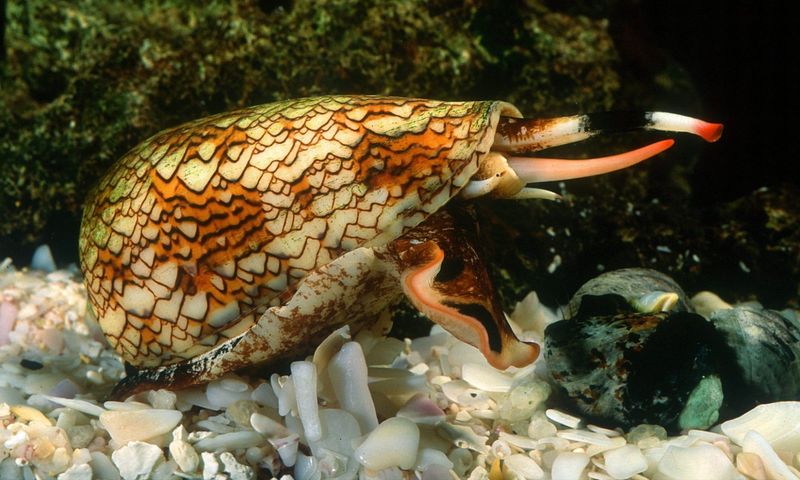
The cone snail, despite its unassuming appearance, is a master of deadly precision. Found in tropical oceans, it uses a harpoon-like tooth to inject potent venom into prey. This venom can paralyze fish almost instantly, and in humans, it poses a severe risk if not treated promptly. The snail’s vibrant shell belies its dangerous nature, making it an alluring yet perilous find for divers. Its ability to blend into the coral environment adds an element of surprise, reminding us that danger often lurks in the most beautiful of forms.
Poison Dart Frog
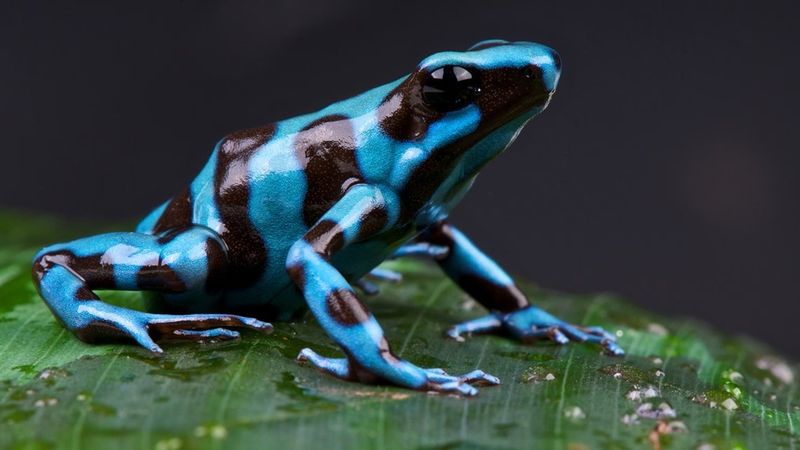
The poison dart frog, though small, wields a potent defense mechanism. Native to Central and South America’s rainforests, their vibrant colors serve as a warning to predators. The alkaloid toxins in their skin deter threats, making them one of the most poisonous creatures on Earth. Indigenous tribes have historically used their toxins on blow darts for hunting. Despite their toxicity, these frogs contribute significantly to the ecosystem by controlling insect populations. Their presence in the forest illustrates the delicate balance of nature, where beauty often masks danger.
Stonefish
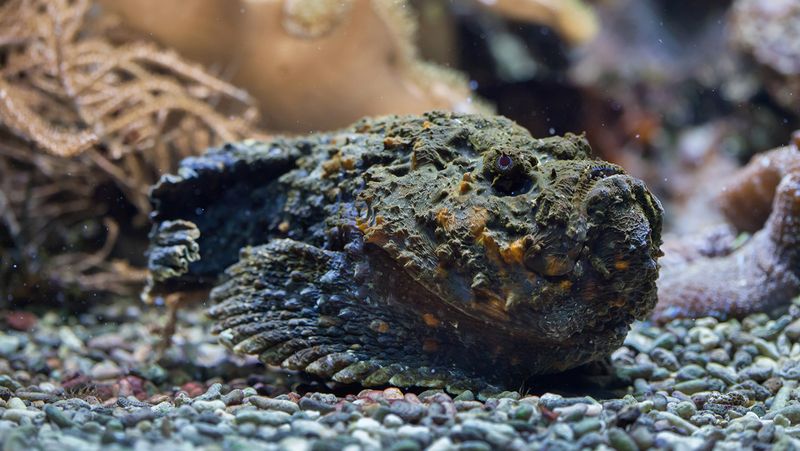
The stonefish is a master of disguise and lethality. Often mistaken for a rock, it resides in the warm coastal waters of the Indo-Pacific. Equipped with venomous spines, a mere touch can result in excruciating pain or even be fatal. Its camouflage allows it to ambush unsuspecting prey. Despite their danger, they play a crucial role in the marine food chain. Their ability to remain motionless for hours and blend perfectly with their environment exemplifies nature’s artistry in survival tactics. Swimmers and divers are urged to tread carefully.
Wolverine
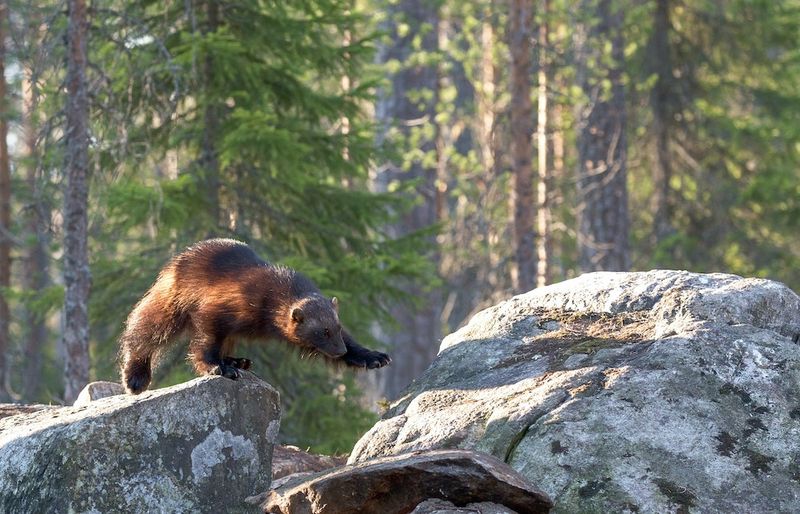
Wolverines, with their muscular build and thick fur, thrive in harsh climates. Renowned for their strength and ferocity, they can take down prey much larger than themselves. Their powerful jaws and claws mark them as formidable hunters. Solitary by nature, wolverines cover vast territories in search of food. Their reputation for tenacity and fearlessness is legendary, often intimidating larger predators. In folklore, they are often depicted as symbols of persistence, embodying the rugged wilderness spirit. Even in the animal kingdom, few dare to challenge a wolverine.

